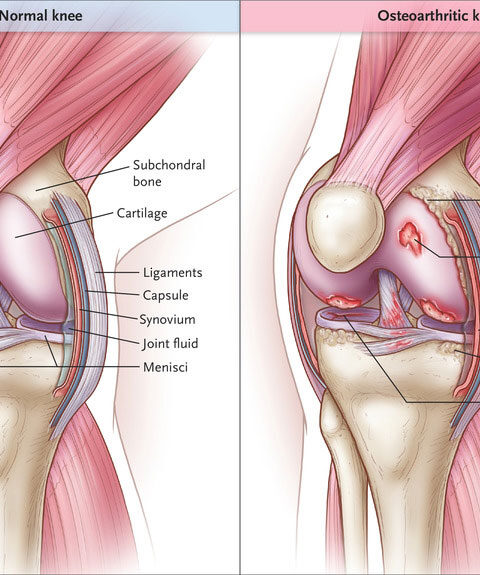One study indicates that walking can significantly help alleviate frequent knee pain in individuals aged 50 years or over diagnosed with knee osteoarthritis, the most prevalent form of arthritis. Walking may also slow joint damage caused by its effects.1
The Osteoarthritis Initiative conducted a multiyear observational study where participants self-reported how often and for how long they walked for exercise. Individuals 50 years or older who reported 10 or more sessions were defined as walkers while those reporting less sessions were considered “non-walkers.”
Walking group participants experienced 40% less frequent knee pain compared to non-walkers.
These findings can be especially beneficial to individuals with radiographic evidence of osteoarthritis but without daily knee pain, as walking may help delay or even stop osteoarthritis-related damage in the joint. Walking could also prevent any future flare ups.
Walking has numerous health advantages, such as improving cardiovascular health and decreasing risks of some cancers, diabetes and obesity – it was the primary driver behind CDC’s physical activity recommendations initially released in 2008 and revised again in 2018.
Walking is an accessible activity with few side effects compared to medication which typically have significant costs and risks attached.
Individuals diagnosed with knee osteoarthritis should walk for exercise – particularly if their knee pain does not affect them daily – especially if they have bow-legged knee arthritis. Walking could even bring some benefits if arthritis affects all parts of their knee.






